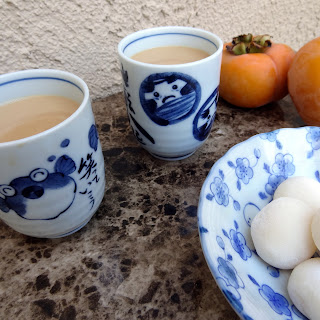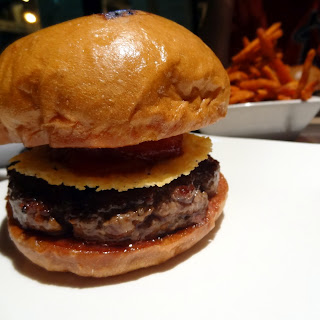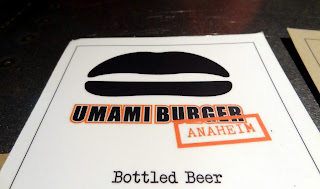Miss Mochi's Adventures, which seriously started in May 2012, has received over 10,000 views to date.
I felt like this should be addressed. Not only is it surprising and awesome, but I want to let everyone know how this blog is going forward. Think of it as a "State of the Blog Address."
Miss Mochi's Adventures is definitely a pet project that I am enjoying a lot. But it became clear to me that I was going to have to involve myself in the blogging process a little bit more. I will always be considered a writer first, then possibly a passable amateur cook. Photography and computer smarts are somewhat down my ability list, resting right below shoelace tying and babysitting.
To put that in perspective, my only babysitting job involved the children accidentally locking us out of the house, carrying a shoeless toddler several blocks to my parent's house, and the older child getting a migraine and vomiting spectacularly everywhere.
And my shoelaces never stay tied. My mother used to outfit me in velco sneakers for a reason. I keep telling myself that having dog paws scrambling over my sneaks all day long is the cause, but in my heart I know better.
Setting aside my other inadequacies, I've been seriously working on my photography skills. Sometimes I will delay posting a recipe because I want to wait for my day off to be able to use natural light. Most of these recipes are made around nine to midnight, but even during the day I have to bring the food outside because my kitchen is so dark. My apartment is like a cave or maybe a nice adobe house. Great for keeping the air conditioning in, but not the best for food photography.
So for my
Hatch Chile Apricot Jelly recipe, I actually waited a whole week to post it because I wanted to get good light.
I set my alarm on a day off. This is sacrifice, people.
So I have been posting less frequently, because I want the quality of my posts to outweigh the quantity. It also doesn't help that my oven was either dead or vacationing in an exotic locale, but it managed to pull itself together for a
recent plum cake. Then, I somehow managed to bug out my camera and the pictures of
bubble tea took almost a week to make it on here, saved from a corrupted doom by my dear brother.
Speaking of which, I am also working on my computer savvy brother, to help elevate this blog away from its very generic stock template. I want this blog to express my love of cooking, love of mixing cultures, and love of food.
I want to have the best navigation, the best look, the best damn blog experience ever for you guys.
Most of all, I just wanted to thank everyone who takes a look! Nothing warms the cockles of my heart like a nice comment.
Feel free to contact me via email at devthekoala@gmail.com if there are any suggestions for this site, or feel free to comment below.
 I've written about Yoshinoya's donburi before in my donburi recipes, and I'm definitely a fan of their gyudon beef bowls. Recently, however, I got to sample their new fare at the new Asiana Grill.
I've written about Yoshinoya's donburi before in my donburi recipes, and I'm definitely a fan of their gyudon beef bowls. Recently, however, I got to sample their new fare at the new Asiana Grill.
















































